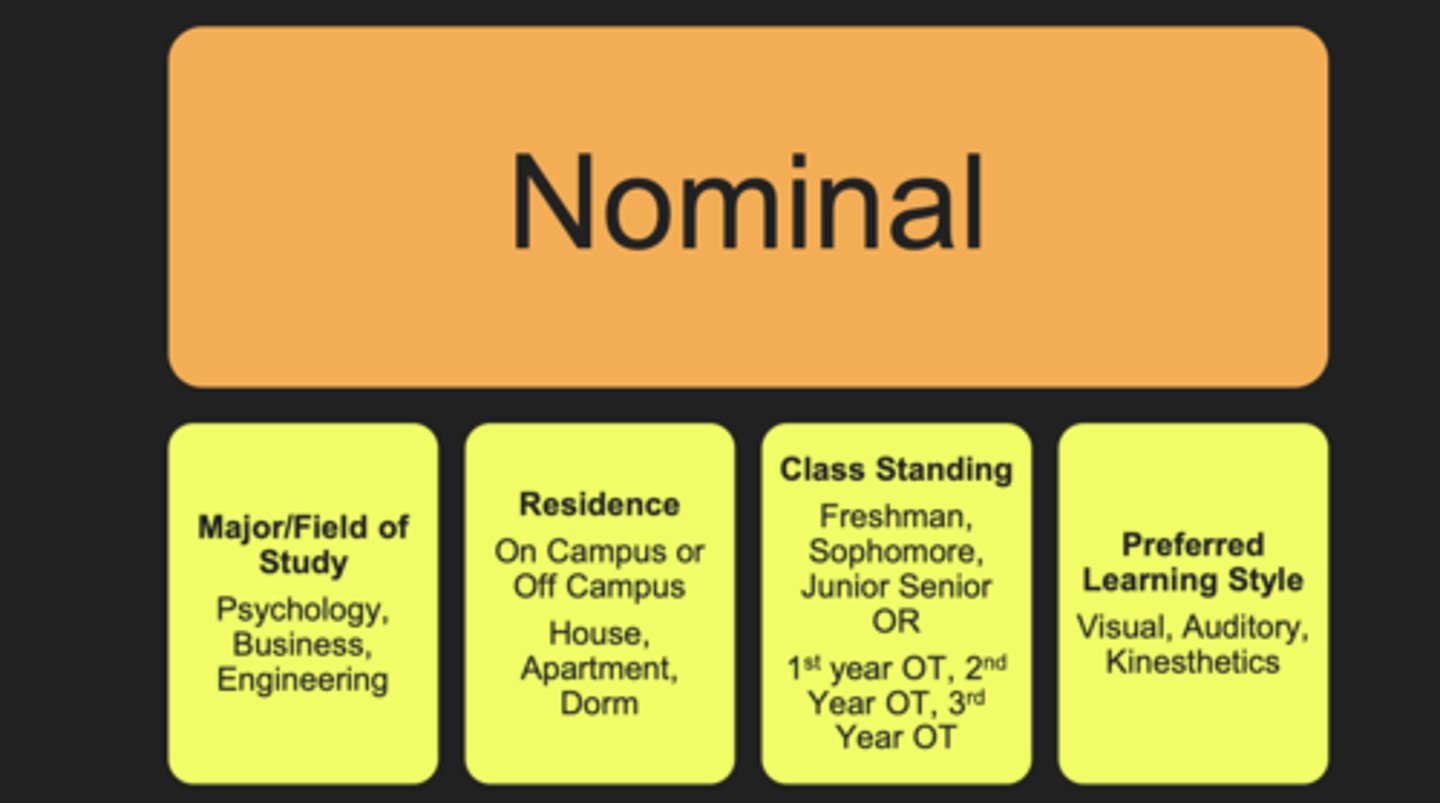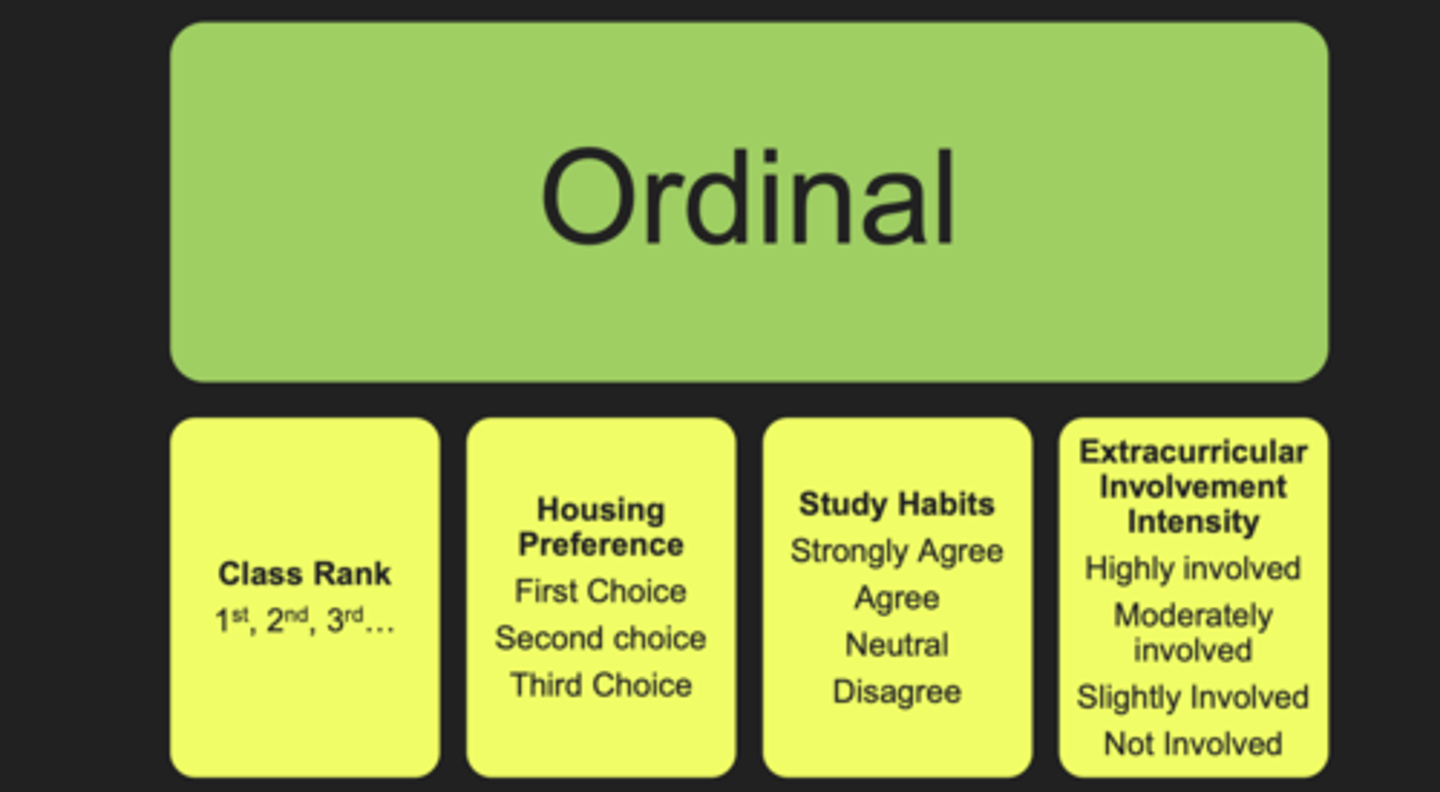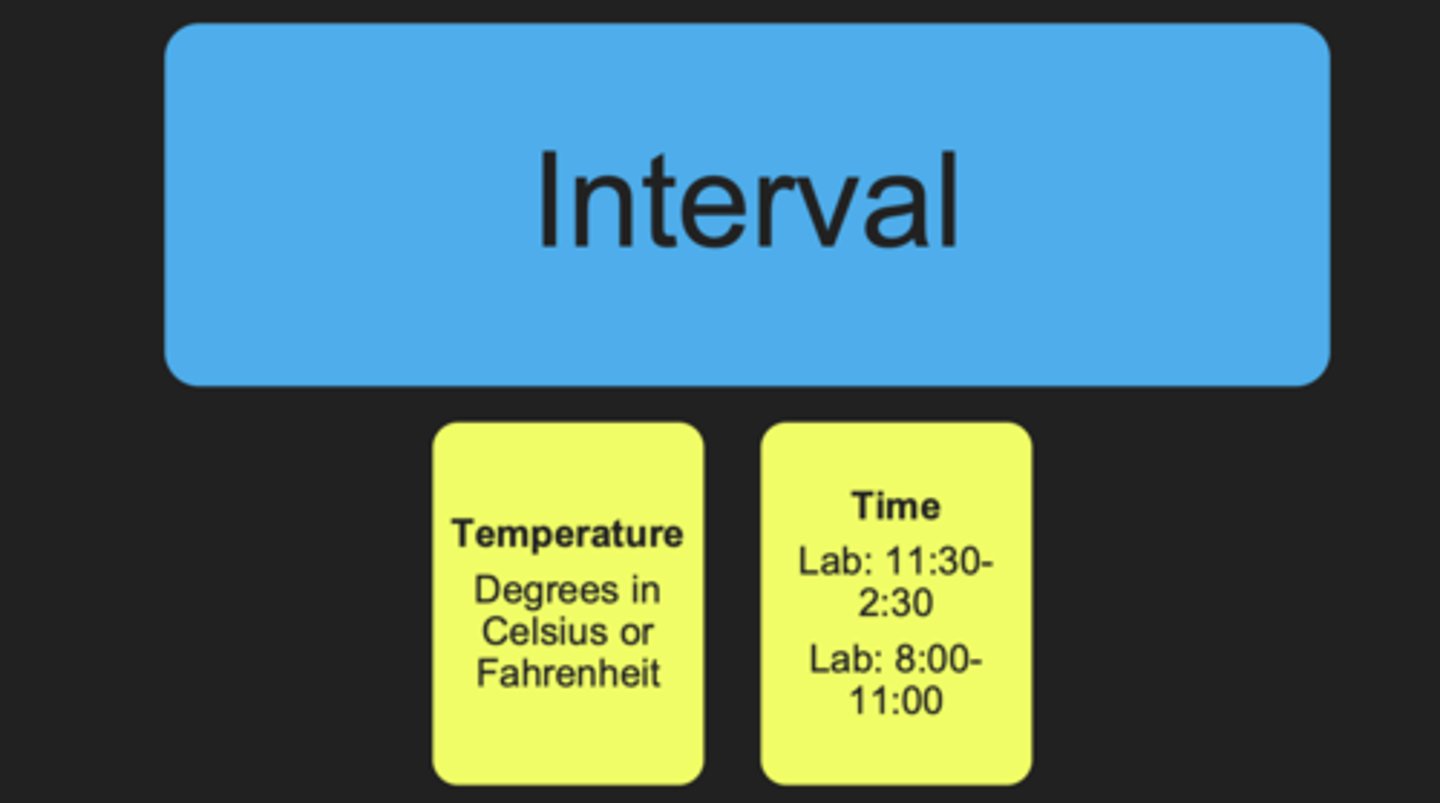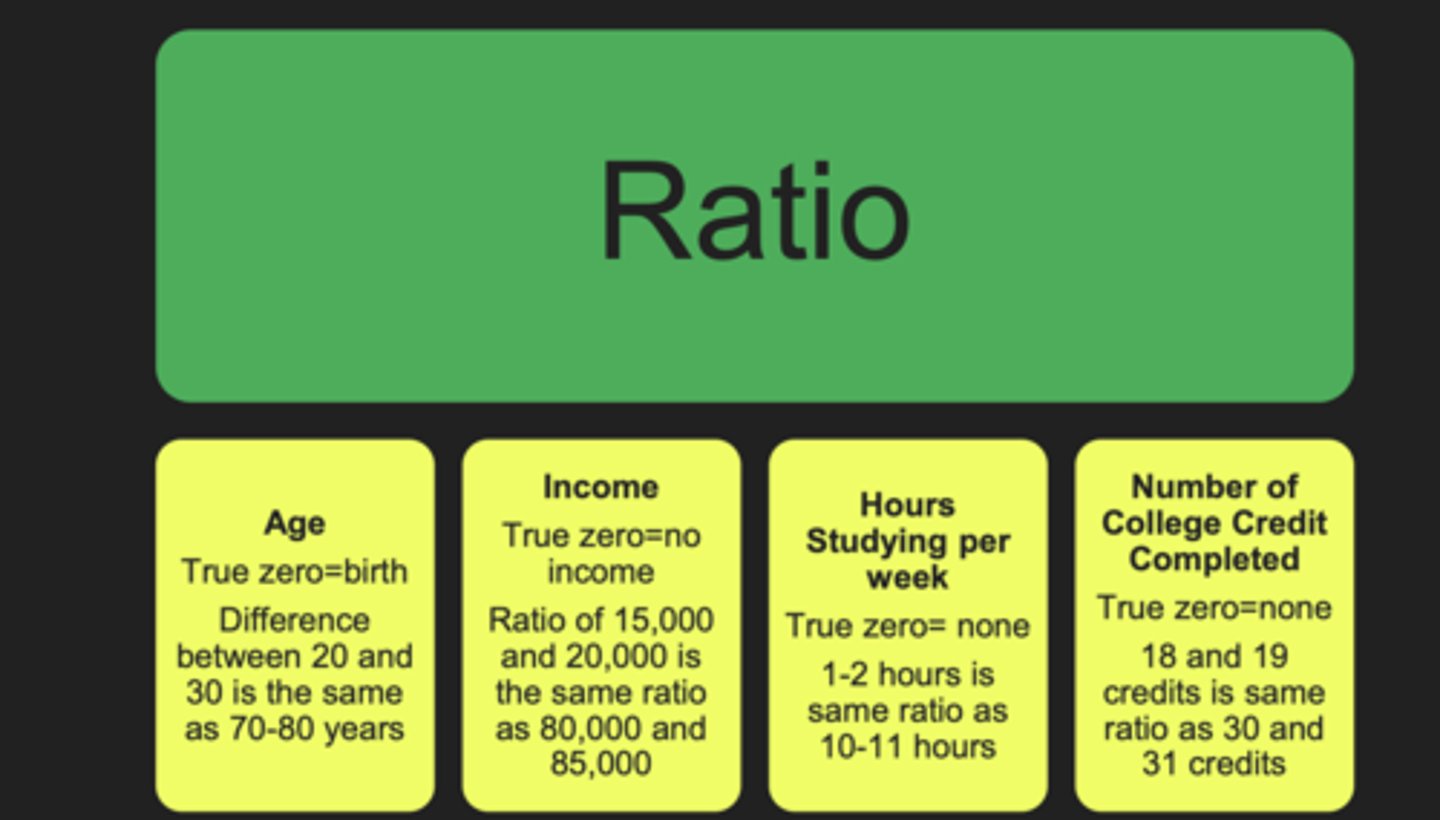OTD 525 Exam #2
1/57
There's no tags or description
Looks like no tags are added yet.
Name | Mastery | Learn | Test | Matching | Spaced |
|---|
No study sessions yet.
58 Terms
What is a standardized assessment?
Uses uniform administration & scoring; supported by reliability/validity; allows comparison to norms/criteria/self.
Example: The Berg Balance Scale must be given exactly as written to compare the score to fall-risk thresholds.
What is a non-standardized assessment?
Flexible, client-centered; results are qualitative or descriptive; scoring may vary.
Example: Observing a client fold laundry in their own home to assess real functional performance.
What are the types of standardized assessments?
1. Norm-referenced
2. Criterion-referenced
3. Ipsative
What is a normative standardized test?
Compares client to a normative sample.
Example: A child scoring below average on the Movement ABC → indicates motor delay.
What is a criterion-referenced standardized assessment?
Compares performance to a defined skill expectation.Example: FIM toileting score shows whether a person can toilet independently — not compared to others.
What is an ipsative standardized assessment?
Client is compared to themselves over time.
Example: COPM score improving from 3→6 shows meaningful personal progress.
What are the nonstandardized assessments?
1. Interview
2. Observation
3. Questionnaire
4. Performance-based
What is an interview in non-standardized assessments?
Conversation exploring roles, routines, challenges, identity.
Example: Asking, “What routines feel hardest since your stroke?”
What is an observation in non-standardized assessments?
Watching the client perform tasks naturally.
Example: Watching a child climb at recess to evaluate motor planning.
What is a questionnaire in non-standardized assessments?
Client self-reports abilities, identity, or symptoms.
Example: Role Checklist shows valued life roles before and after illness.
What is performance-based in non-standardized assessments?
Measures how the client actually performs a task.
Example: TUG measures timed walking to assess fall risk.
What are the sources of error?
1. Person-Related Bias
2. Item Bias
3. Environment Bias
What is the person-related bias error?
Rater leniency, severity, halo, or client’s motivation/anxiety affects score.
Example: Therapist scores familiar patient “higher” because they like them.
What is the item bias error?
Task does not match real occupational performance.
Example: A test that uses chopsticks may disadvantage clients who do not culturally use them.
What is environmental bias error?
Testing setting impacts results.
Example: Client performs worse in busy clinic but better at home during ADLs.
Types of Contexts and Environments: Cultural
Beliefs, values, traditions
Example: A client declines therapy on a religious holiday
Types of Contexts and Environments: Personal
Age, socioeconomic status, gender, and roles
Example: A retired veteran's identity affects coping in rehab
Types of Contexts and Environments: Temporal
Stage of life, time of the year, duration/rhythm of activity, and history
Example: A person retired from work for 10 years
Types of Contexts and Environments: Virtual
Communication via technology
Example: telehealth strike therapy using zoom/teams
Types of Contexts and Environments: Physical
Natural and built environment
Example: No grab bars = unsafe toileting
Types of Contexts and Environments: Social
Presence of, relationships with, and expectations of persons, groups, or populations with whom the client has contacted
Example: supportive spouse improves home carryover
What are the levels of measurement?
1. Nominal
2. Ordinal
3. Interval
4. Ratio
What is the nominal level measurement?
Consists of names or labels used to identify categories
Example: yes-or-no questions, right or left-handedness

What is the ordinal level measurement?
Consists of rank-ordered categories based on a defined characteristic and with a greater-than or less-than relationship
Examples: Likert-type scale that uses anchors strongly disagree, disagree, agree, and strongly agree OR a testing scale of 5,4,3,2,1, and 0 (the distance between numbers is not always the same)

What is the interval level measurement?
The distance between the units is equal - no true zero
Example: Degrees in Celsius or degrees in Fahrenheit, OR the grip dynamometer (both of these can be converted into different forms)

What is the ratio level measurement?
Includes a true or absolute zero point that represents the absence of the characteristic being measured
Examples: height, weight, range of motion

What is objectivity?
Ensures scoring is free from personal bias, so results reflect the client’s true performance rather than the therapist’s opinion. Standardized procedures allow different therapists to score the same way.
Example: Two OTs score the Berg Balance Scale the same because the scoring criteria are fixed and not subjective.
What is quantification?
Converts performance into numbers (scores, ratings, percentiles) so that performance can be measured and tracked over time.
Example: A client’s COPM score increasing from 3 → 6 shows measurable improvement in meaningful occupations.
What is communication?
Standardized scores create a shared professional language, making results understandable across settings, insurance companies, and healthcare providers.
Example: Reporting a TUG score > 13.5 sec communicates to the entire care team that the client is at increased fall risk.
What is data analysis?
Standardized scoring allows comparison across time, populations, and interventions, supporting evidence-based practice and clinical decision-making.
Example: Tracking pre- and post-intervention Berg scores to determine if a fall-prevention program is effective.
What is reliability?
Degree of precision of a score
What psychometric properties are part of reliability?
Standard error of measurement
Test-Retest
Parallel forms, or equivalence
Interrater
Intrarater
Internal consistency
What is standard error of measurement (SEM) reliability?
The amount of inconsistency or error present in the test scores. Smaller SEM = more accurate score.
What is test-retest reliability?
The stability of scores when the same test is given to the same person under the same conditions on two different occasions.
What is parallel forms (equivalence) reliability?
The stability of scores when two different versions of the same test are used.
What is intrarater reliability?
The consistency of scores when the same evaluator scores the test multiple times.
What is interrater reliability?
The consistency of scores when different evaluators score the same performance.
What is internal consistency reliability?
The degree to which all items in the test measure a single construct (unidimensional).
What is validity?
Does the assessment measure what it is supposed to measure?
What psychometric properties are part of validity?
Face
Content
Criterion-Related
Concurrent
Predictive
Construct
Convergent
Divergent
Known-Groups
Factors (Factor Analysis)
What is face validity?
The test appears to measure what it claims to measure (based on visual impression).
What is content validity?
The items of the test fully represent the construct or concept being measured.
What is criterion-related validity?
The degree to which test scores are related to an external standard.
What is concurrent validity?
The test correlates with another test measuring the same construct (usually the "gold standard").
What is predictive validity?
The test score predicts future abilities or outcomes.
What is construct validity?
The degree to which the test relates to the theoretical concepts behind the construct it measures.
What is convergent validity?
The test scores are strongly correlated with other similar measures.
What is divergent validity?
The test scores show low correlation with measures of different/unrelated constructs.
What is known-group validity?
The assessment can distinguish between groups that are known to differ on the construct.
What is factor validity?
Different underlying aspects of a construct that can be identified statistically when the construct is complex.
What is responsiveness?
Ability to detect change over time
What psychometric properties are part of responsiveness?
Minimal Detectable Change (MDC)
Minimal Clinically Important Difference (MCID)
Floor Effect
Ceiling Effect
Sensitivity
Specificity
What is MDC responsiveness?
The smallest change in score that is beyond measurement error.
What is MCID responsiveness?
The amount of change that is meaningful to the client.
What is the floor effect responsiveness?
The test cannot detect changes for people with very low ability because scores cluster at the bottom.
What is the ceiling effect responsiveness?
The test cannot detect changes for people with very high ability because scores cluster at the top.
What is sensitivity responsiveness?
The test’s ability to correctly identify people who have the condition (true positive).
What is specificity responsiveness?
The test’s ability to correctly identify people who do not have the condition (true negative).